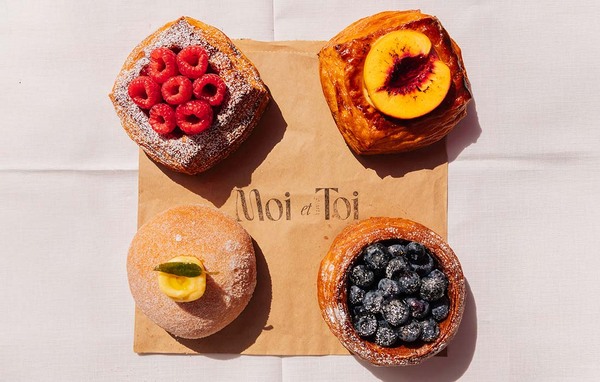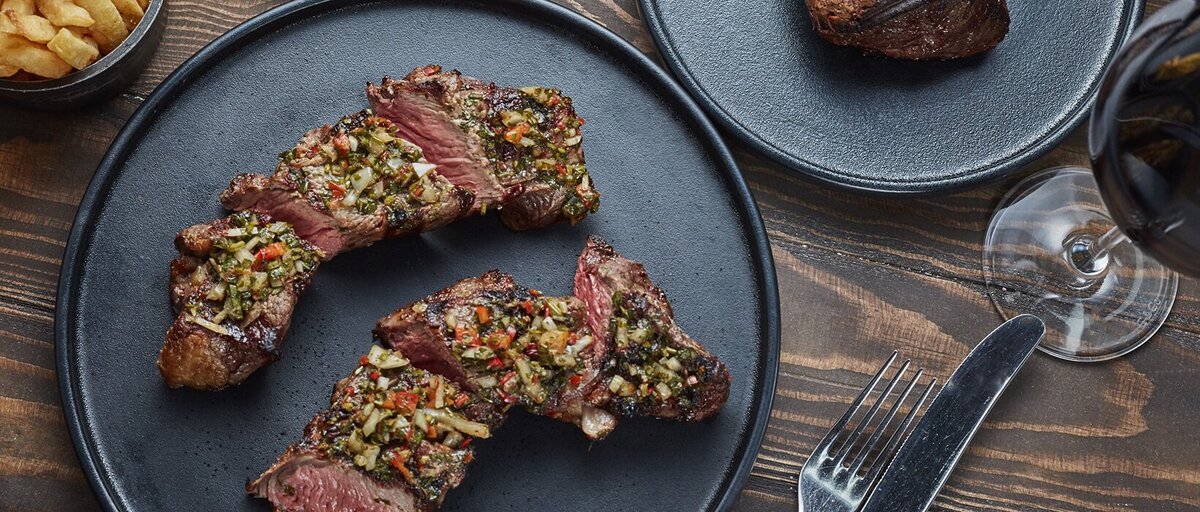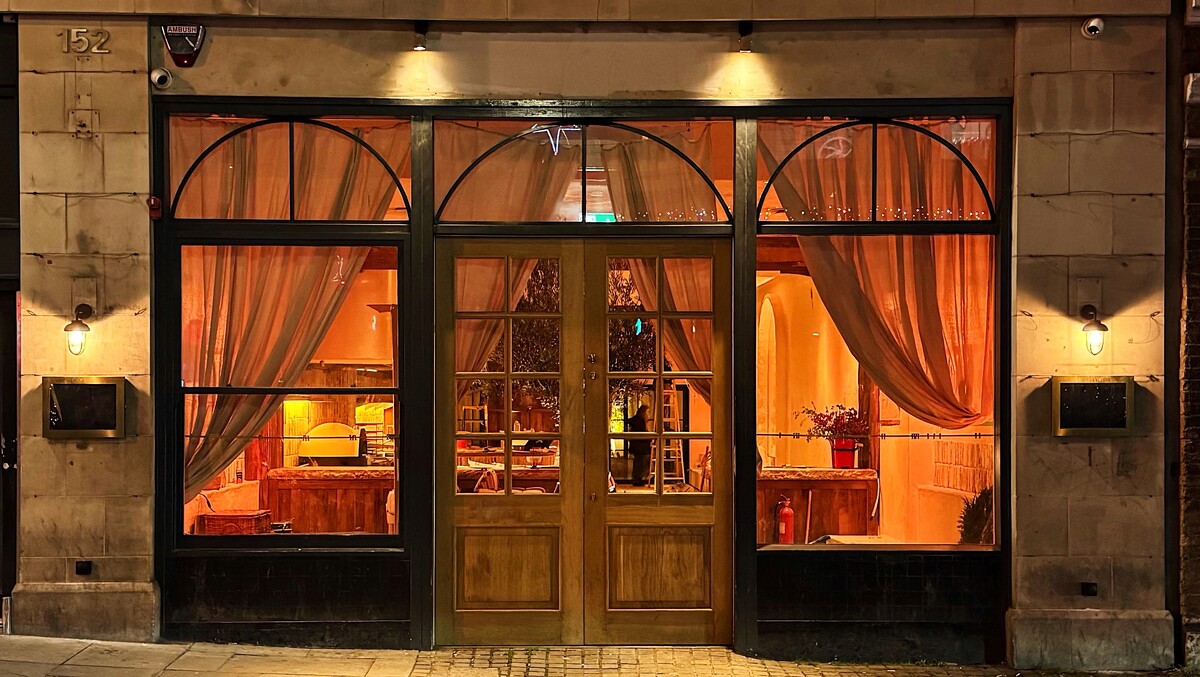Minute on the Clock – Peter Griffiths
Salon director Peter Griffiths spoke to Janie Manzoori-Stamford about the line-up of competitions at next year's Hospitality Show and how they help the industry.
**Tell me about the competition programme for Hospitality Show 2013.
**Salon takes place over three days, with 60 competition classes. Salon display has 39 and live theatre will host 21 competitions.
In 2011, salon attracted over 600 entries and, with the interest already shown for 2013, it promises to be another very successful and well-attended event.
La Parade des Chefs will showcase teams battling it out for the title "Best of the Best". All previous La Parade gold medal winners from Hotelympia and Hospitality were invited to compete.
**
How has the competition schedule evolved over the years?
**It has evolved to accommodate industry changes, food trends, food safety, economic climate, time constraints and sponsorship. Sponsors are offered more exposure through the schedule.
**
Why do you think that is?
**Some classes are written to accommodate the economic climate. For example, plated classes in salon display used to ask for six plates, then four and in some cases I now ask for two, which helps the competitors with time and cost.
I have also opened up the criteria in some classes to enable the competitor to be less restricted. For example, removing size limitations in display and allowing for some mise en place in live theatre. Generally, kitchens have smaller brigades than in the past, resulting in less time for people to practice.
**
Has there been a discernible change in the standard of entries?
**The standard of entries remains very high in live theatre, La Parade and display.
Live theatre is always extremely popular, partly because competitors do not have to spend as much time on their chosen dish as producing an exhibit in salon display, where there can be weeks of work on one piece.
**
What do the judges look for in a winner?
**Judges mark to a set criteria and can award more than one gold in a class, as all entries received are judged to a standard. In some classes we have awarded up to eight gold medals.
In show pieces, competitors have to excel in creativity, workmanship, degree of difficulty and presentation. In platters and plates, competitors are marked on innovation, composition, culinary preparation, practical serving and presentation. In live theatre, judges are looking at working methods, culinary skills, presentation, correct portion size, taste, flavours, timing and temperature.
Awards are: certificate of merit, 55-64%; bronze medal, 65-74%; silver medal, 75-89%; gold medal, 90-100%.
**
Why are culinary competitions good for the industry?
**Competitions thrive in our industry - just look at how many there are! They help competitors raise their game, build on confidence, offer healthy rivalry, set new benchmarks both in the competition arena and in the industry and help cultivate friendships and affect food trends.


















